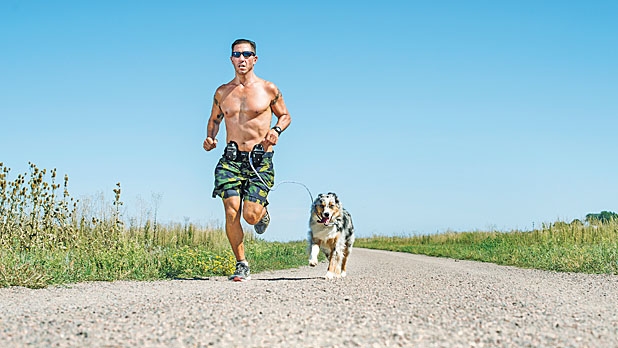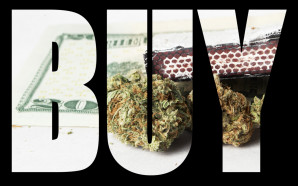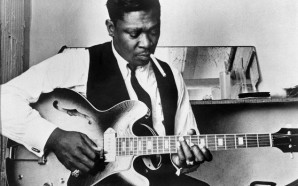While fueling his workouts with pot, 39-year-old Clifford Drusinsky has won trophies at nine major triathlons.
Since 23 states (and counting) have legalized weed, an increasing number of athletes (nearly the entire UFC) are turning to weed as a great training aid for better physical mobility and gains.
When Olympic snowboarder Ross Rebagliati tested positive for a small amount of marijuana in his blood at the 1998 Japan games, his first-place finish was temporarily called into question. But THC, the main mind-altering chemical in marijuana, wasn’t even included in the International Olympic Committee’s banned-substances list at the time (it is now, but at a much higher level than the one he tested at). Rebagliati was allowed to keep his victory and medal. (He is now in the medical-marijuana business.)
Pass the Gummies and Protein?
Weed has been used for centuries, across the world for improving mood, decreasing nausea, and alleviating pain. There is a growing surge in both recreational and hardcore athletes turning to more user-friendly versions of weed, like vaporizing, edibles and pot based energy bars (recipe mentioned here later), and 100% legal and highly absorbable CBD oil extracts.
Many athletes swear by using weed or its isolated active ingredients, such as delta -9-tetrahydrocannabinol (THC) and cannabidol (CBD) as performance- enhancing drugs, saying these substances ease anxiety while increasing pain threshold so that they can push themselves during workouts. Some people say that it kills motivation and inspires a mean munchies mood.
Yet there are people that say training while high has helped them unlock new performance gains. In November, Men’s Journal interviewed elite triathlete Clifford Drusinsky, a Colorado gym owner who also leads training sessions fueled by marijuana edibles.
“Marijuana relaxes me and allows me to go into a controlled, meditational place,” Drusinsky told Men’s Journal. “When I get high, I train smarter and focus on form.”
Four to six times a week, elite triathlete Clifford Drusinsky wakes up at 3 AM to train. But before he sets out, he opts not for a sports drink but for 20 milligrams of THC in a marijuana energy bar. By the time it kicks in, 30 minutes later, he’s started an hour in the pool, a three-hour bike ride, or a 13-mile run.
Outside Magazine correspondent Gordy Megroz wrote in the February issue of that magazine that while he has never been much of a pot smoker, he heard enough close friends — especially skiers — say that getting high helped their performance that he decided to give it a shot.
Megroz first tried a cannabis gummy while on one of those snow-covered mountains and wrote that with a “slight yet very functional high,” he “felt invincible and proceeded to attack the steepest lines without fear” — ski-speak for feeling able to tackle the craziest parts of a mountain.
How Does It Flow?
In one study, brains were imaged by Positron Emission Tomography (PET) to measure the acute effects of smoking marijuana. In the study, subjects performed auditory attention tasks before and after smoking pot.
After smoking, there was a substantial reduction of blood flow to the temporal lobe, an area important for focused tasks, and this reduced blood flow correlated with impaired performance. Interestingly, smoking marijuana increased blood flow in other brain regions, such as the frontal lobes and lateral cerebellum, regions associated with decision making, sensory perception, sexual behavior, and emotion. So it seems that the brain engages in significant blood flow shifting to specific areas under the influence of substances in marijuana.
Given these studies, one could conclude that smoking weed before a complex game, a task that requires very fast decision-making or reflexes, or a workout that incorporates new exercises could be a poor decision for peak performance. However, many studies supporting this logic use unrealistic doses (such as 100 mg THC), and behavioral studies suggest that only complicated tasks are impaired by marijuana, as a similar study with tasks of variable difficulty level showed that people are still able to perform simple tasks.
JUST AS ENDORPHINS HELP YOU PUSH THROUGH AN INTENSE WORKOUT, THESE ENDOCANNABINOIDS COULD INCREASE YOUR PAIN THRESHOLD TO DO THE SAME.
Therefore, an endurance athlete may benefit from the pain-numbing and bronchodilatory effects of marijuana to get through a tough training session, and a UFC fighter who is using THC in moderated doses could actually be able to experience a combination of pain-killing, creativity and focus.
One of the most famous fighters of all time was the BADASS Bruce Lee. He was a philosopher, world famous movie star, in tip-top physical shape and creator of his own martial arts. During his autopsy there were trace amounts of cannabis in his system. Many sources confirm that he commonly used to ingest Nepali Hash, one of the most potent in the world.
So Bruce Lee. Wonder of the martial arts world. Trainer of 3 United States Karate Champions. Paradigm of physical fitness and health. Marijuana Smoker. Micheal Phelps, Ross Rebagliati, countless other world class athletes, nearly the entire UFC agree that weed enhances physical performance and ability!









